Introduction: Decoding the Meaning of Bird-Car Collisions

When a bird unexpectedly collides with your car while driving, it’s an experience that can jolt you out of your daily routine. The sudden impact and the sound of feathers hitting the windshield leave you pondering the significance of such an event. Is it a mere coincidence, or does it carry a deeper message?
In this blog post, we will explore the intriguing interpretations surrounding bird-car collisions, examining both the superstitious beliefs and scientific explanations. We’ll dive into the captivating world of cultural folklore and also uncover the scientific factors contributing to these incidents. Additionally, we will provide practical advice on how to prevent bird accidents and how to handle them if they do occur.
Superstitious Beliefs: Unveiling Omens and Symbolism
Bird-car collisions have long been intertwined with superstitions and symbolic meanings across diverse cultures. While interpretations may vary, common themes shed light on the superstitious significance of a bird hitting your car.
In many cultures, such an event is considered a bad omen or a warning from the spiritual realm. It serves as a message urging caution and preparedness for potential misfortune. The specific interpretation of this omen varies depending on the folklore and beliefs of each culture or region.
According to certain superstitions, a bird hitting your car symbolizes an upcoming accident or loss in your life. It is viewed as a forewarning, prompting you to stay vigilant and take necessary precautions. Some even associate the type of bird involved in the collision with specific outcomes. For example, an owl hitting your car may be seen as a sign of impending death or ill fortune.
Contrary to these ominous interpretations, other superstitions perceive a bird hitting your car as a positive sign. It is believed to indicate the presence of a guardian angel or a departed loved one watching over you. In this context, the collision becomes a spiritual encounter, offering protection, guidance, or reassurance during challenging times.
It’s important to note that these beliefs are deeply rooted in folklore and superstition, lacking scientific evidence. The interpretation of a bird hitting your car may also vary based on personal beliefs and individual experiences. Some embrace these superstitions, finding comfort or guidance in their symbolism, while others dismiss them as mere coincidences.
Scientific Explanations: Unraveling the Accidental Collisions
From a scientific perspective, bird-car collisions are generally accidental and result from a combination of factors. Bird behavior, environmental conditions, and the speed of the vehicle all play a role in these incidents. Birds may misjudge the distance or speed of an approaching car or become distracted by their surroundings or prey, leading to a collision.
The impact of a bird hitting a car can range from a minor thud to causing damage to the vehicle or injury to the bird. Safety should be the priority in such situations, ensuring control of the vehicle to avoid accidents or further harm. While some may attribute symbolic meanings to bird-car collisions based on personal or cultural associations, it’s important to approach the topic with a balanced perspective, considering both scientific explanations and individual interpretations.
Adding Depth: Personal Stories and Emotional Perspectives
Including personal anecdotes or stories from individuals who have experienced bird-car collisions can add depth and interest to the article. These firsthand accounts provide readers with a glimpse into diverse perspectives and emotional responses associated with this phenomenon. Whether it’s finding solace in a spiritual encounter or dismissing superstitions as coincidences, these stories bring the topic to life and resonate with readers on a personal level.
Conclusion: Exploring the Fascination with Signs and Symbols
The superstitious meaning behind a bird hitting your car encompasses a range of interpretations and beliefs. While some perceive it as a harbinger of misfortune or an impending accident, others find solace in the notion of divine protection or spiritual messages. These deeply ingrained superstitions offer an intriguing lens through which we explore the human fascination with signs and symbols. However, it’s essential to approach these beliefs with an open mind and acknowledge their subjective nature, as they remain rooted in personal experiences and cultural backgrounds rather than scientific evidence.
By the end of this blog post, you’ll have gained a comprehensive understanding of what it means when a bird collides with your car while driving, whether you approach it from a superstitious or scientific point of view. From unraveling the omens and symbolism to unraveling the accidental collisions, we’ve explored the captivating world of bird-car interactions, leaving you with valuable insights and practical tips to navigate this intriguing phenomenon.
Section 3: The Scientific Meaning Behind a Bird Hitting Your Car

Birds hitting cars while in motion is often an unintentional occurrence driven by their behavior and sensory limitations. Understanding the scientific aspects behind these collisions sheds light on why they happen and how we can mitigate them.
Bird Behavior and Collision Risks
Birds frequently fly near roads and vehicles for various reasons, such as searching for food, defending territories, or migrating. However, when a bird collides with a moving vehicle, it is typically an accident caused by misjudgment or confusion.
Window Strikes and Perception Challenges
In some cases, birds strike car windows, mistaking reflections for open spaces or attempting to reach perceived territories or mates. This behavior is more common in areas with highly reflective or transparent surfaces. Birds, with their unique visual capabilities, may find it challenging to perceive fast-moving objects like cars due to their wider field of view but limited perception of speed.
Fatality Hazards and Species Susceptibility
Bird-vehicle collisions can unfortunately result in the bird’s death due to the force of impact. The severity of the collision can be influenced by factors such as the size and speed of the vehicle, as well as the size and species of the bird involved. Certain bird species may be more prone to collisions due to their behavior or habitat preferences, such as birds of prey hunting near roads or species feeding on insects attracted to vehicles.
Environmental Factors and Collision Risks
Various environmental factors contribute to bird-vehicle collisions. Changes in landscapes, such as urbanization and deforestation, can disrupt bird habitats, leading them to navigate closer to roads. Additionally, weather conditions like fog or heavy rain can impair a bird’s visibility and increase the chances of collision.
Understanding the scientific meaning behind bird collisions with cars helps us recognize that these incidents are primarily accidental and not driven by supernatural or superstitious elements. By acknowledging the factors influencing these collisions, we can take proactive measures to minimize their occurrence and protect both birds and drivers.
Section 4: How to Avoid a Bird Accident
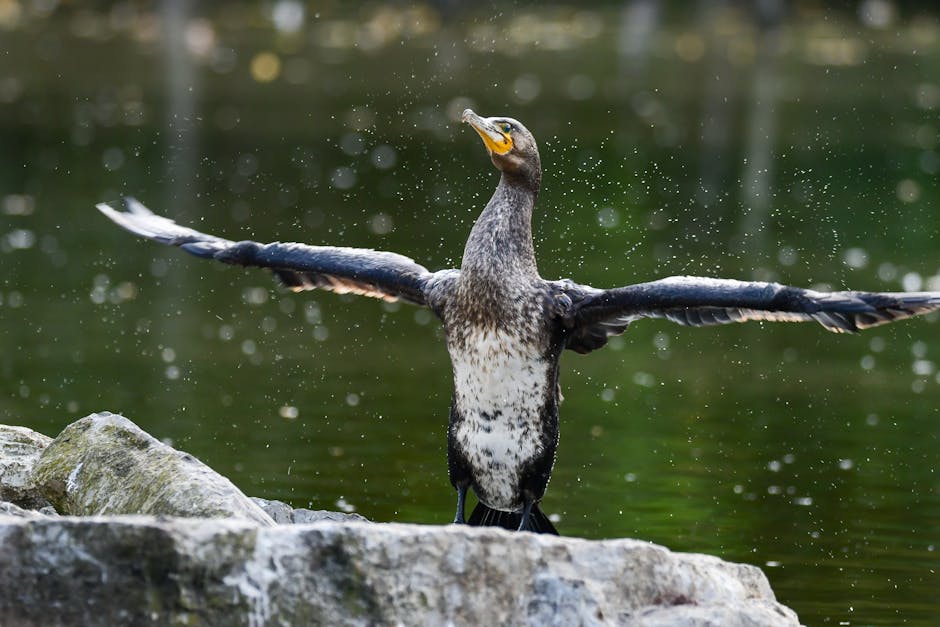
To minimize the risk of a bird accident while driving, it’s important to follow certain precautions and adopt safe driving practices. By being aware of your surroundings and taking proactive measures, you can greatly reduce the likelihood of colliding with a bird. Here are some guidelines to help you avoid bird accidents on the road:
Awareness and Observation
- Stay alert and maintain focus while driving, especially in areas with high bird populations. Avoid distractions that can decrease your ability to react promptly.
- Scan the road and surrounding areas for signs of birds flying or perched nearby. Pay attention to trees, wires, or open fields where birds may gather.
- Be cautious of flocks of birds in the distance, as they may indicate a potential hazard. Flocks can suddenly take flight and fly across the road.
- Exercise extra caution during dawn and dusk when birds are most active and visibility may be reduced.
Slow Down and Maintain a Safe Distance
- Reduce your speed when approaching areas with a higher probability of encountering birds, such as wooded areas, farmlands, or bodies of water. This allows you more time to react if a bird suddenly crosses your path.
- Increase your following distance to allow for sudden stops or maneuvers in case a bird flies in front of your vehicle. A greater distance between you and the vehicle ahead provides additional reaction time.
Utilize Windshield Wipers and Defrosters
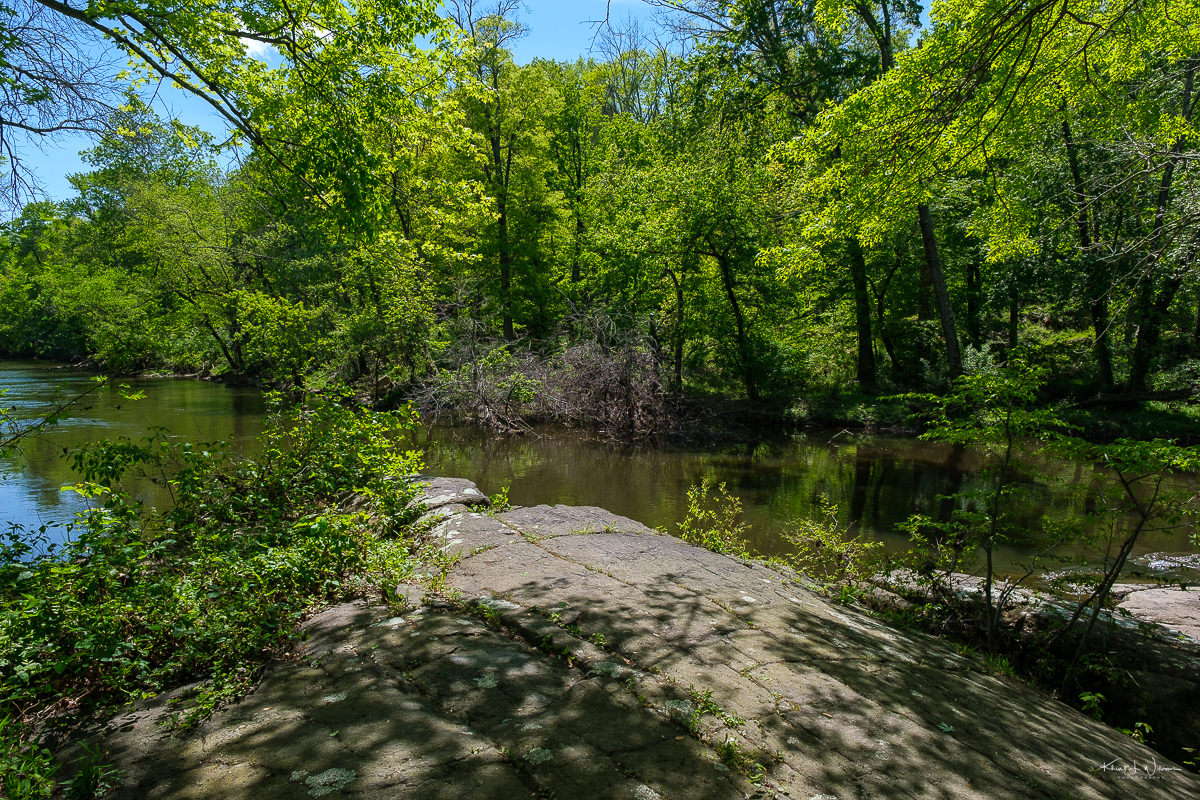
- Ensure your windshield wipers are in good condition and functioning properly. Replace worn-out wiper blades to maintain clear visibility during adverse weather conditions.
- Keep your windshield clean to avoid obstructions that can increase the risk of collisions with birds. Regularly clean your windshield and remove any residue.
- Use your defrosters to prevent condensation or fog from forming on the windshield. Clear visibility is crucial for spotting birds in your vicinity.
Avoid Sudden and Erratic Movements
- Maintain a steady and predictable course while driving, avoiding abrupt lane changes or swerving. Sudden movements can startle birds and potentially lead to a collision or loss of control.
- If you notice a bird in your path, do not make sudden maneuvers to avoid it, as this may increase the risk of accidents with other vehicles. Instead, slow down gradually and give the bird an opportunity to fly away or find an alternative path.
Additional Precautions
- Exercise caution when driving near areas where birds are known to nest, such as bridges, overpasses, or trees lining the road. Birds may be more active in these areas, increasing the chances of collisions.
- Use your peripheral vision to monitor bird movement without taking your eyes off the road. This allows you to maintain focus on the driving environment while remaining aware of nearby birds.
By practicing these preventive measures, you can significantly reduce the likelihood of a bird accident while driving. Remember, safety should always be a top priority on the road, both for yourself and for the wildlife around you.
What to Do When a Bird Hits Your Car
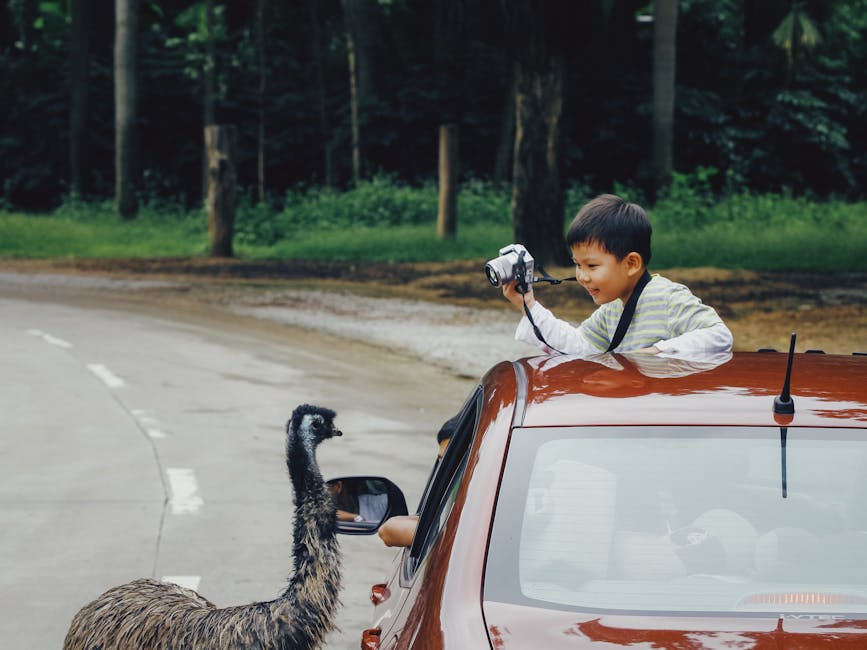
When a bird collides with your car while driving, it’s crucial to prioritize safety and handle the situation appropriately. Follow these steps to effectively deal with a bird collision:
1. Ensure Safety First
Your safety and the safety of your passengers should be your top priority. Maintain control of the car and, if necessary, safely pull over to the side of the road or into a nearby parking lot.
2. Assess the Damage
After ensuring everyone’s safety, carefully inspect your car for any visible damage caused by the bird collision. Pay close attention to vulnerable areas such as the windshield, side mirrors, and other affected parts. Look for scratches, dents, or broken components.
3. Check for Signs of Injury
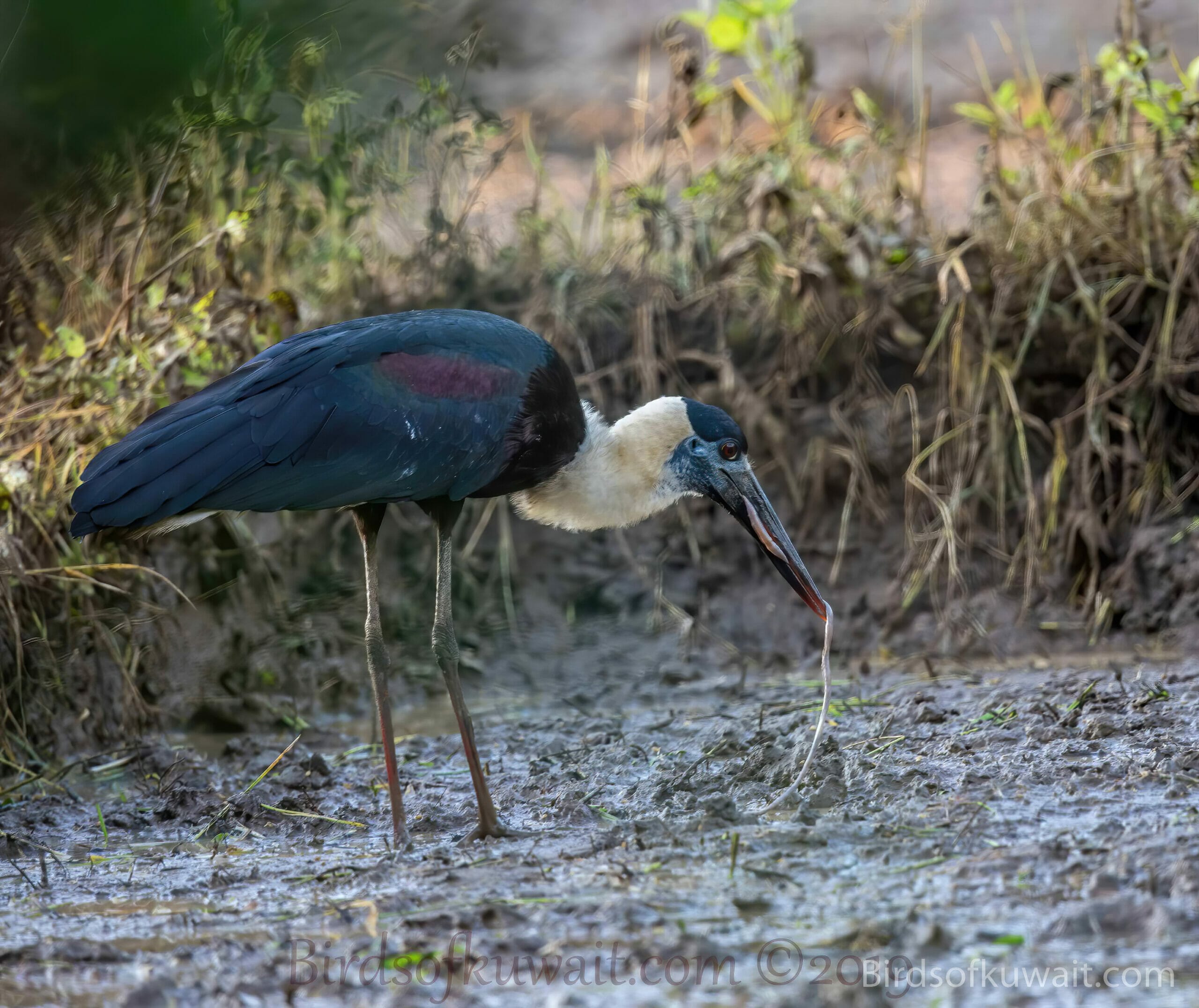
Take a moment to inspect the bird to determine if it is injured or still alive. If the bird is alive but injured, handle the situation with care. Contact your local wildlife rescue or animal control for guidance on how to proceed. They can provide instructions on how to safely handle the bird or direct you to the appropriate resources.
4. Document the Incident
To support potential insurance claims or provide evidence if necessary, document the incident by taking pictures of the damage caused by the bird. If the bird is injured, capture images of its injuries as well. These visual records will be helpful when reporting the incident to your insurance company.
5. Clean Your Car
Remove any bird remains, feathers, or debris from your car promptly to prevent potential damage to the paint. Gently clean the affected area using a soft cloth or sponge and a mild detergent. Take care not to cause further damage to the car’s surface while cleaning.
6. Contact Your Insurance Company
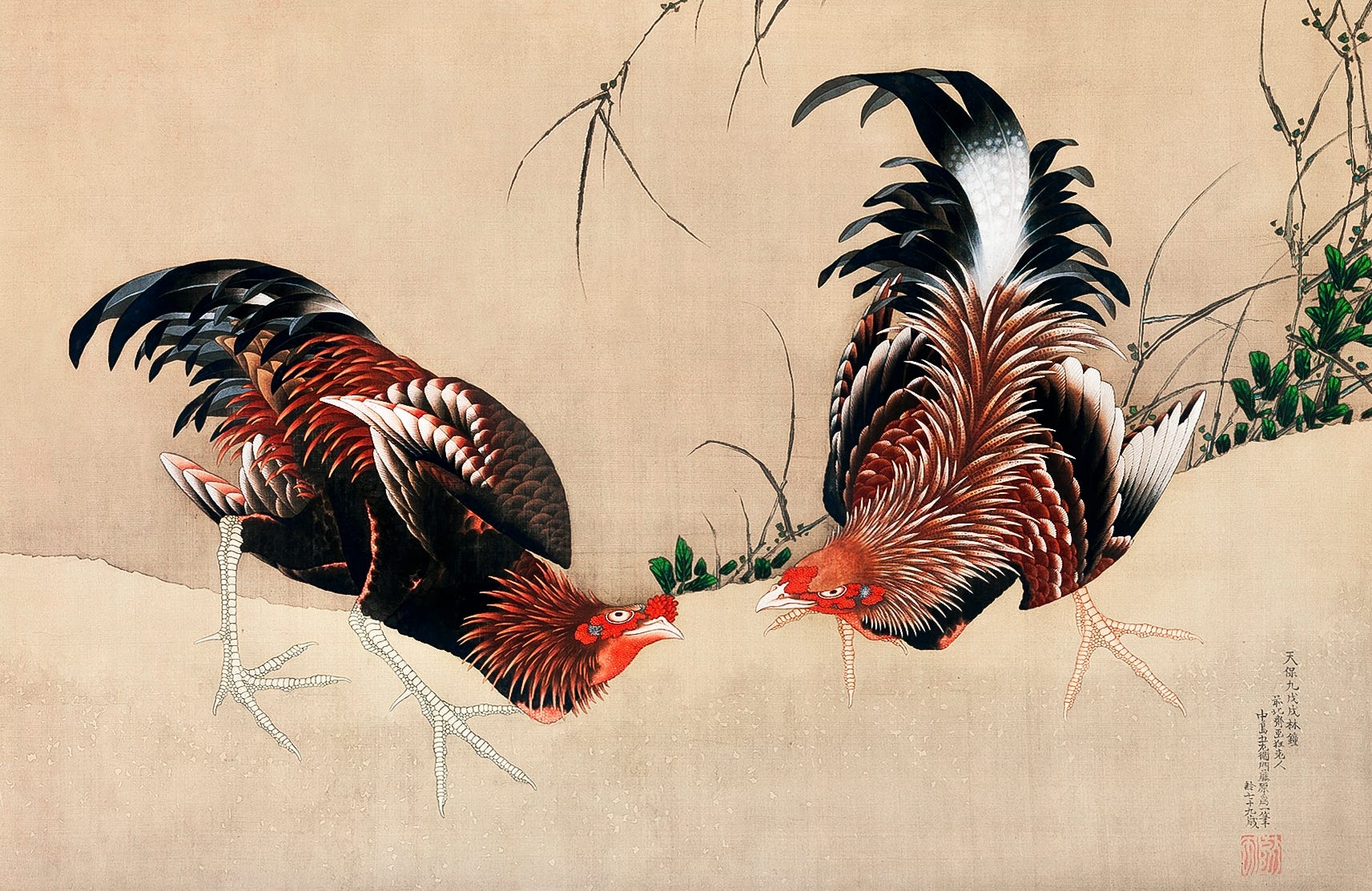
If your car has sustained significant damage, it’s advisable to contact your insurance company to report the incident and initiate the claims process. Provide them with the necessary documentation, including the pictures taken and details of the incident. They will guide you through the next steps and advise you on the required procedures.
7. Prevent Future Incidents

Consider taking preventive measures to reduce the risk of bird collisions in the future. One effective method is to use decals or stickers on windows, making them more visible to birds. Additionally, parking in covered areas or using car covers can help minimize the chances of bird strikes.
By following these guidelines, you can effectively deal with a bird collision, ensure the necessary steps are taken to address any damage or injuries, and reduce the risk of future incidents. Remember, safety should always be your primary concern, and don’t hesitate to seek professional assistance when needed.
Conclusion: Decoding the Meaning of Bird Strikes on Cars

Bird strikes on cars have fascinated people for centuries, giving rise to both mystical beliefs and scientific explanations. In this concluding section, we will recap the main points discussed and unravel the true significance behind a bird colliding with your car.
Mystical Beliefs: Seeking Signs in Random Events
Across cultures and throughout history, bird strikes have been entwined with a tapestry of superstitions and symbolic interpretations. Some view it as an ominous sign, foreshadowing impending misfortune or a cautionary message. Conversely, other cultures perceive a bird hitting a car as a fortuitous omen, symbolizing protection, good luck, or even a message from the beyond. These beliefs reflect our innate desire to find meaning and significance in the unpredictable nature of life.
Scientific Insights: Unveiling the Truth
![]()
Taking a rational stance, science provides a clearer understanding of bird strikes on cars. These incidents are relatively common and often result from a combination of factors. Birds may misjudge their flight path or become startled by the sudden presence of a fast-moving vehicle, leading to unfortunate collisions. Additionally, environmental factors such as adverse weather conditions, habitat disruption, or urbanization can increase the likelihood of bird strikes. By unraveling these scientific explanations, we can dispel notions of the supernatural or extraordinary associated with bird-car collisions.
Consequences: From Minor Mishaps to Potential Hazards

The consequences of bird strikes can vary for both the vehicle and its occupants. From minor dents and scratches to more severe outcomes like shattered windshields or broken mirrors, the damage to the car can range in severity. In rare cases, a bird strike can startle a driver or obstruct their vision at a critical moment, potentially leading to accidents. Larger bird species, such as raptors, pose a greater risk due to their size and weight, increasing the likelihood of significant damage or danger.
Ensuring Safety: Precautions on the Road
To mitigate the risk of bird strikes while driving, it is crucial to adopt safety measures and precautions. Maintaining a moderate driving speed allows for better reaction time, reducing the likelihood of collisions. Remaining vigilant and observant of the surroundings, particularly in areas with higher bird activity, empowers drivers to anticipate and avoid potential incidents. Additionally, minimizing distractions and ensuring a clear line of sight by keeping windshields and windows clean further enhances safety on the road.
In conclusion, when a bird collides with your car, it is essential to consider both mystical beliefs and scientific explanations. While mystical beliefs offer cultural interpretations and symbolic meanings, scientific insights provide a grounded understanding of the phenomenon. Bird strikes on cars primarily result from misjudgment or startled behavior by birds, combined with environmental factors. By embracing a balanced perspective and implementing safety precautions, drivers can minimize the risk of bird strikes and ensure their well-being on the road. So, the next time a bird graces your car with its unexpected presence, you can appreciate the diverse interpretations while unraveling the scientific realities behind it.
Frequently Asked Questions
Frequently Asked Questions
1. What does it mean when a bird hits your car while driving?
When a bird hits your car while driving, it can carry different meanings depending on cultural beliefs and personal interpretations. Some view it as a superstitious omen, signaling potential misfortune or a warning. Others find comfort in the belief that it represents divine protection or a spiritual message. Scientifically, bird-car collisions are generally accidental and result from factors such as bird behavior, environmental conditions, and vehicle speed.
2. Is it bad luck if a bird hits your car?

In many cultures, a bird hitting your car is considered a bad omen or a sign of impending misfortune. This belief stems from superstitions and folklore. However, it’s important to note that these beliefs are not based on scientific evidence and vary across different cultures and regions. Whether it is considered bad luck or not is subjective and depends on personal beliefs and interpretations.
3. Can a bird hitting your car cause harm?
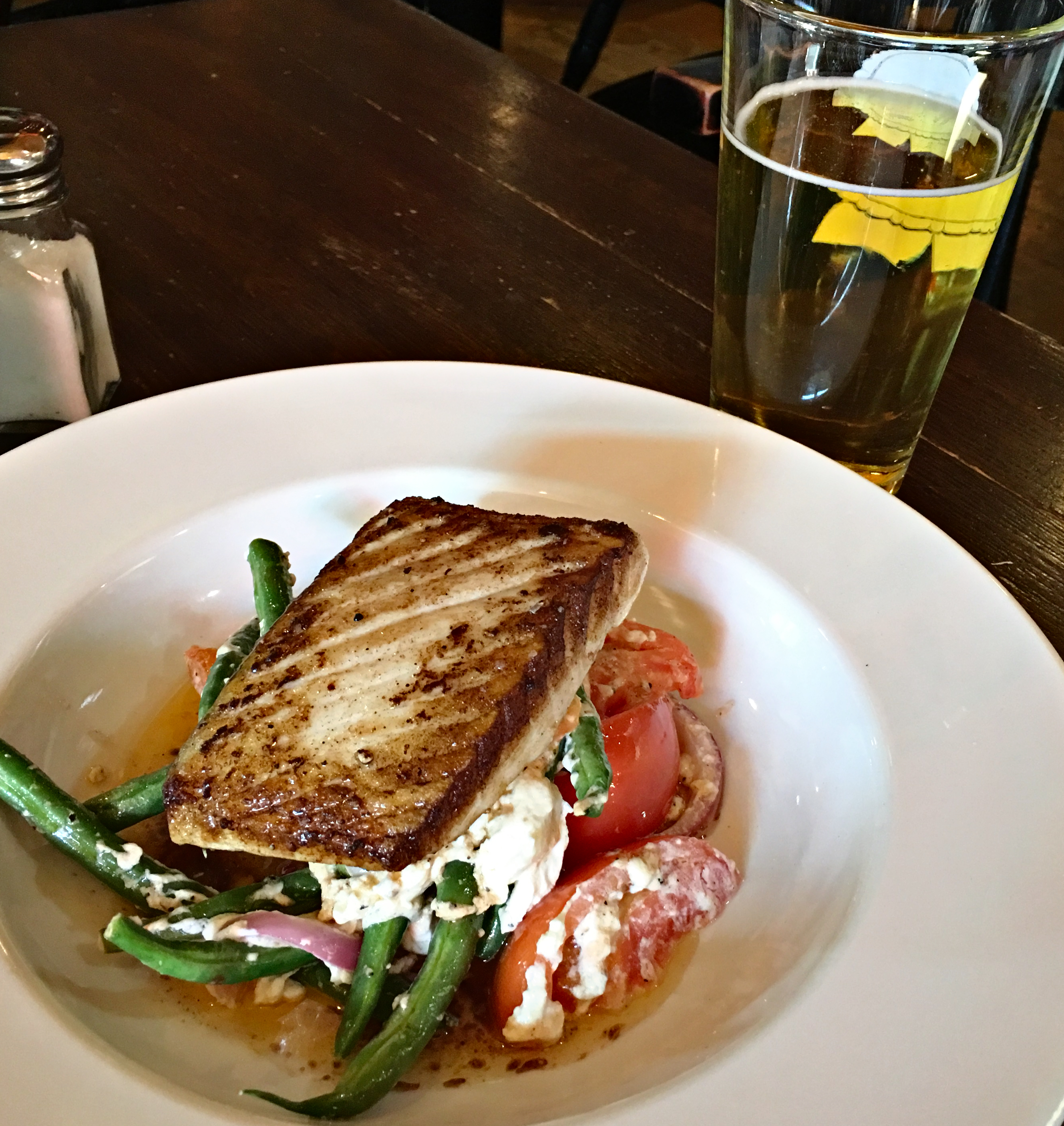
Yes, a bird hitting your car can cause harm. The impact of the collision can range from a minor thud to damage to the vehicle or injury to the bird. The severity of the collision depends on various factors such as the size and speed of the vehicle, as well as the size and species of the bird involved. It’s important to prioritize safety and control of the vehicle in such situations to avoid accidents or further harm.
4. How can I prevent bird accidents while driving?
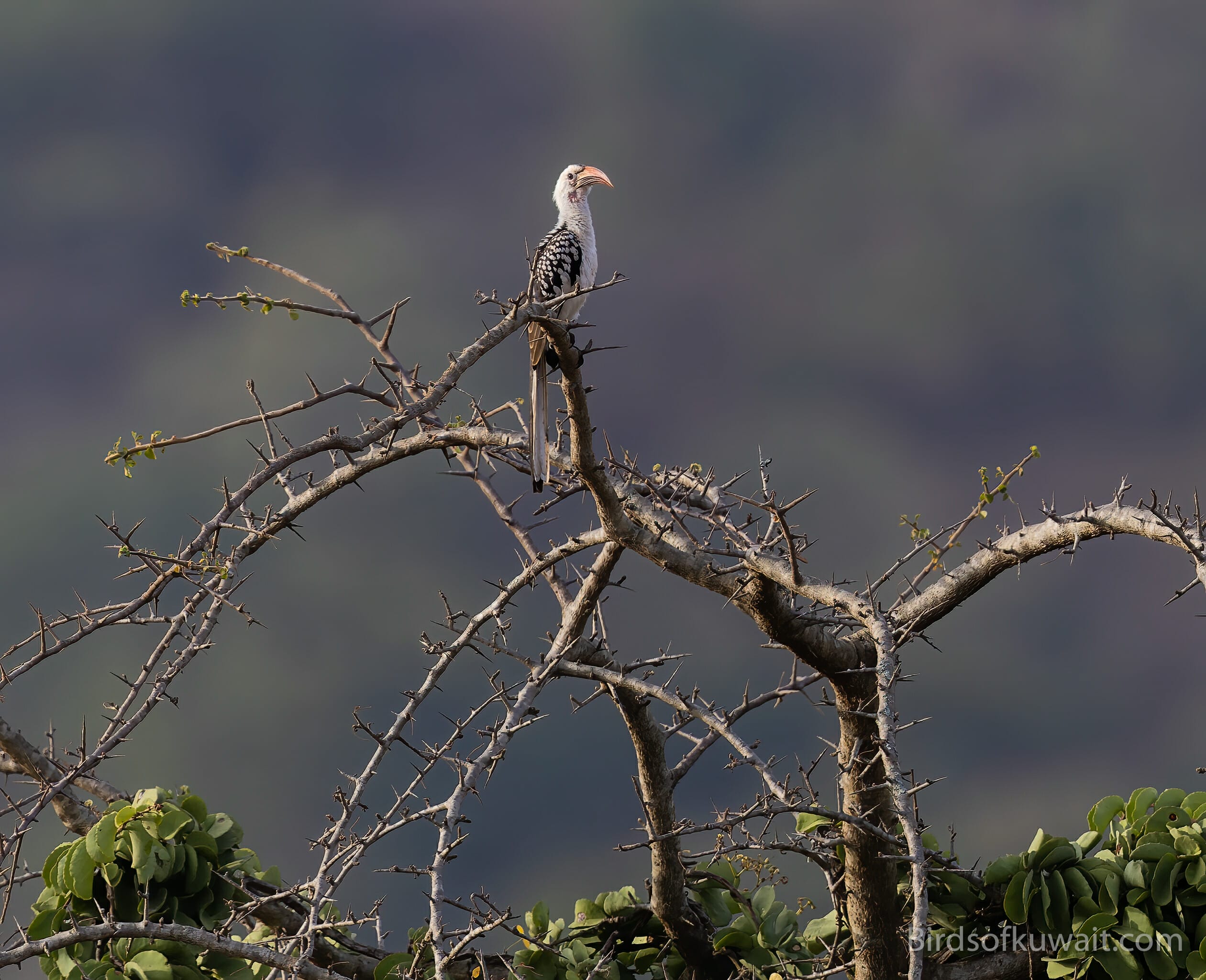
To minimize the risk of bird accidents while driving, you can take certain precautions:
- Stay alert and avoid distractions that can decrease your ability to react promptly.
- Scan the road and surroundings for signs of birds flying or perched nearby.
- Reduce your speed in areas with a higher probability of encountering birds.
- Increase your following distance to allow for sudden stops or maneuvers.
- Keep your windshield clean and use windshield wipers and defrosters for clear visibility.
- Avoid sudden

Leave a Reply